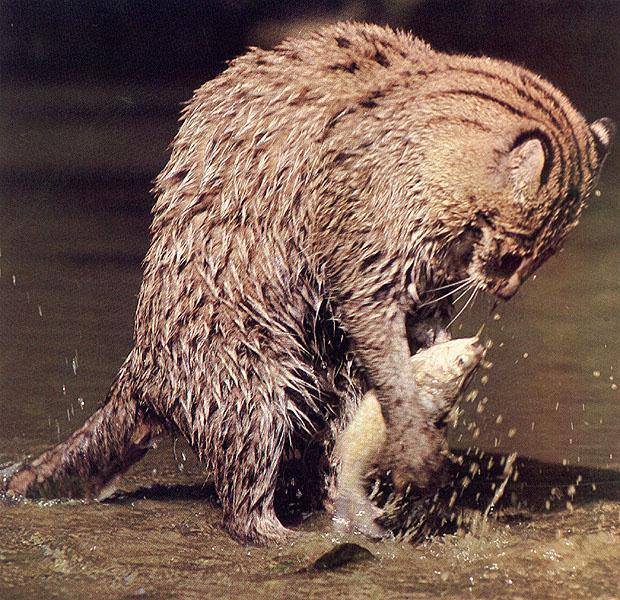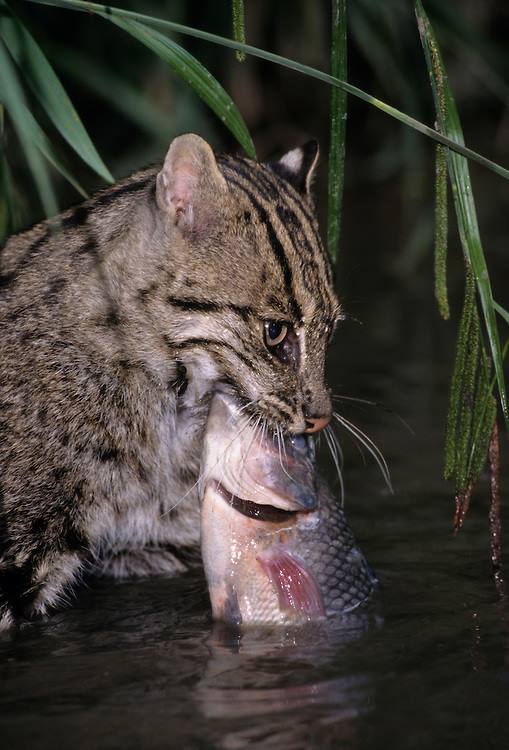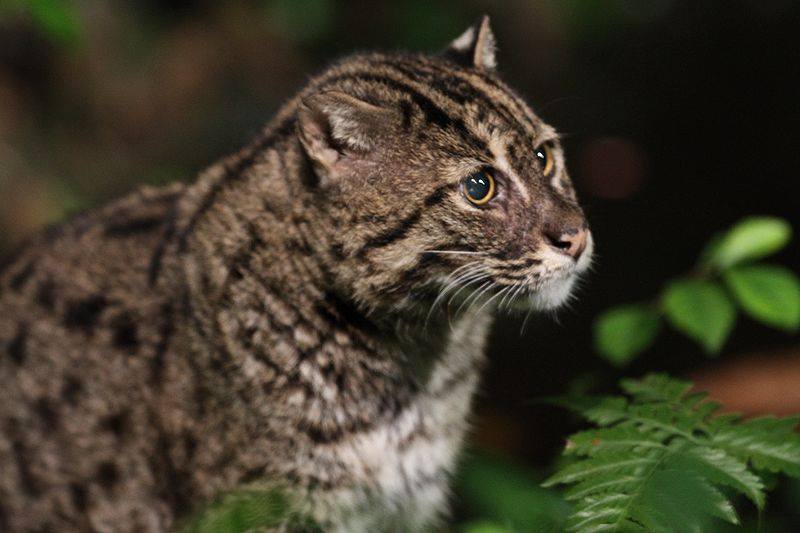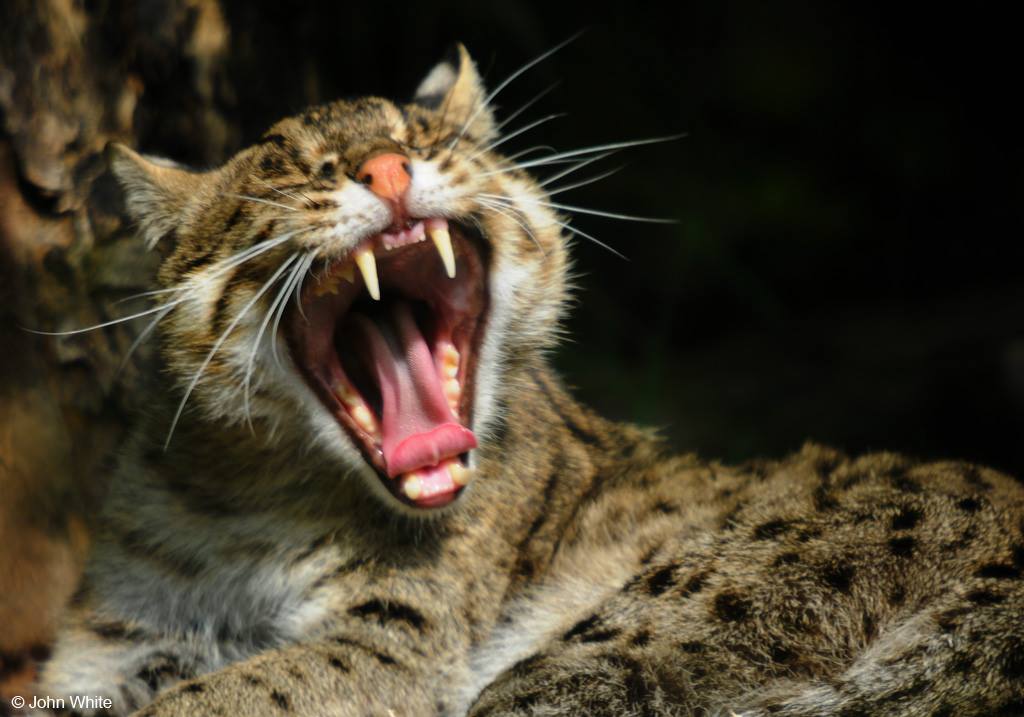

“The main obstacle to the conservation of the fishing cats is that they are practically unknown to the general public and potential sponsors who allocate funds to protect more catchy, visible species, such as tigers and rhinos,” said Aslam Majumder, Head of the Forest Department of the southwestern district of Bangladesh, Khulna. “Since the beginning of this year, 14 fishing cats have been killed in various villages of Bangladesh when they approached some human settlements in search of food.”
But the most serious threat that the fishing cat faces is a fast and irrevocable loss of the cat’s habitat, environmentalists say. The degradation, pollution and loss of water resources forced the fishing cat to exercise ingenuity while searching food and approach closer and closer to the settlements. Studies have shown that fish makes up about 76 percent of the normal food of this agile animal, however, when it becomes impossible to get fish in a shallow pond, the cat has to shift focus to land inhabitants, including poultry, which automatically makes people chase down these small hunters. And this trend is growing - according to the World Wildlife Fund, over 45 percent of the protected wetlands and 94 percent of the globally significant ones in the South and Southeast Asia are under the threat of destruction.


The ‘diet’, as the name implies, consists mainly of fish, and while fishing, a cat slaps on the water with its paw, imitating the movement of fallen insects to attract the fish. If necessary, whiskered fishing cats diversify their menu with birds, snakes, frogs, insects and land mammals, such as civets and rodents. Of course, they do not ignore domestic birds - ducks and chickens, which leads to big problems. As a result of such a double press on their population - reducing the habitat and extermination by villagers, there are no more than 3,000 fishing cats left in the wild, according to the most optimistic estimates.


